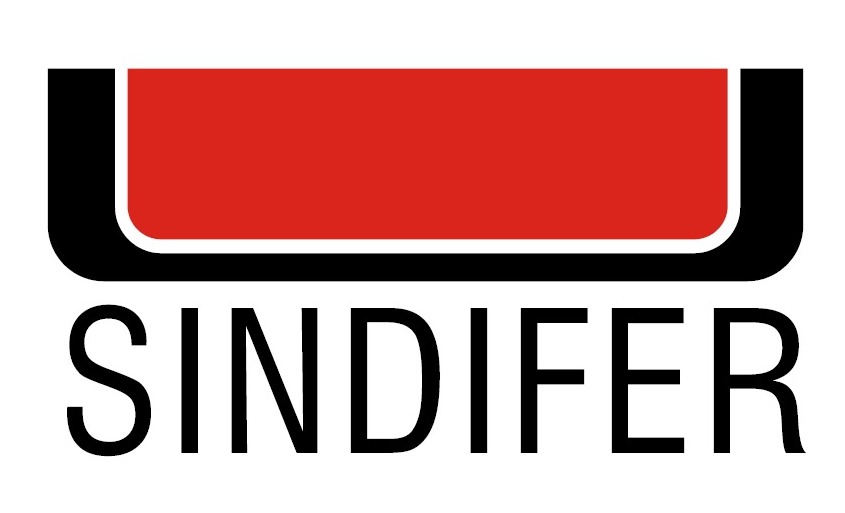Liquid Effluents
In the process of pig iron production there is an intensive utilization of water, mainly while cooling the blast furnace. However, after the companies adopted the efficient system of water recirculation in closed circuit, the water reuse was around 93% and even 96% in some industries, what means very low levels of liquid effluents.
Atmospheric Emissions
Sources of atmospheric emissions are present in practically all the steps of pig iron production. Some pollutants form gaseous mixtures in the air. To control these emissions, some alternatives are used aiming treatment and cleanness of the air.
Control of atmospheric emissions has always been a strong concern in pig iron sector. This concern was clearly demonstrated in 2001, when there was no specific legislation, the pig iron sector together with the Environmental State Foundation (FEAM) elaborated the Normative Resolution (NR) COPAM N. 49. This Resolution defined, among others, limits, in accordance with the location of the mills, utilizing the concept of “Load Limit” to atmospheric emissions, following international standards.
To accomplish this purpose, SINDIFER and FEAM constituted a work team to research and to learn how the problem was approached in other countries, with local visits. It was a great work that had as results control items that could be compared to international standards.
By their turn, the companies had to make significant investments in adapting equipment, filter sleeves installation, air purifiers, moisture collectors, pollution control at the top of the blast furnace, among others.
Pig iron was the first productive sector to have an initiative like this.
NR n. 49 was in force until September 2013 when it was revoked and replaced by Normative Resolution (NR) COPAM n. 187. This last NR established new limits to the several fixed sources of the company, always in accordance with the gas compositions and to the characteristics of the emission particulates.
A deadline was given to the companies to adapt to the new Resolution, as there was a need for investments.
Solid Residues
Generation of solid residues is one of the problems faced by the steelworks industry. The concern about these residues is related to the diversity and volume generated. Environmental agencies and the industries have come to the conclusion that industrial pollution is nothing but waste and inefficiency of production processes. Industrial residues represent, in many cases, losses of raw material and inputs. Management of residues – reduction, reuse, treatment and final disposal – is the sustainable way to continue an industrial process already started.
In case of residues with no economic use, there are several alternatives for treatment and proper disposal. Deposition in landfills, for example, is the most suitable when the waste is stable, not harmful and has no value in recoverable quantities.
Researches and experiences have shown that some solid residues generated in pig iron production may have other uses and several applications. In addition to environmental gains, applications mean new economic perspectives.
It is important to highlight that any application requires identification of the generating source. For each industry there is an alternative of management, taking into account some factors, among them, the nature of the process, geographic location and regional conditions.
